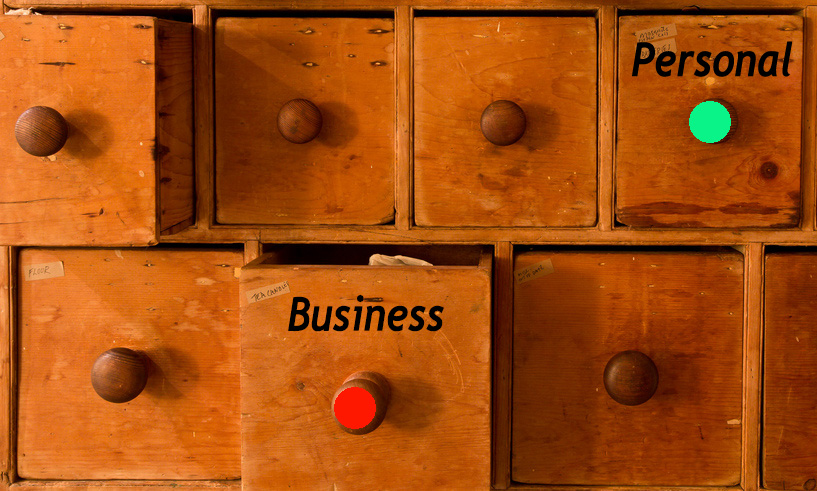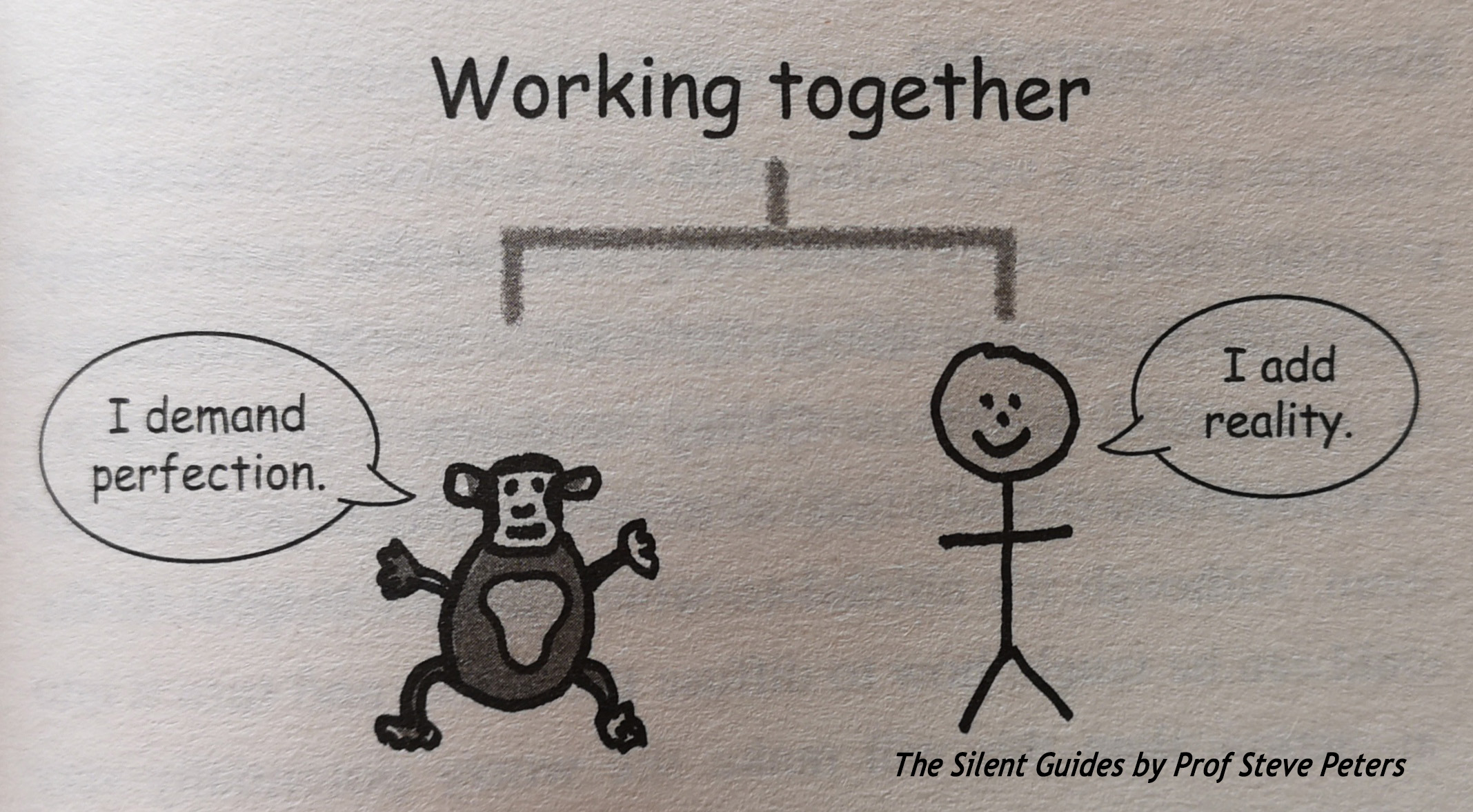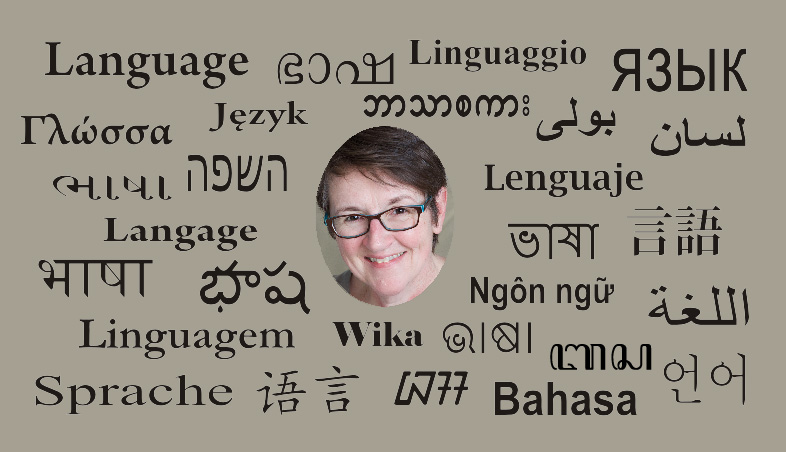
Get personal and change hearts & minds
 Whenever I go to my local coffee shop and collect pre-ordered bread, I see it on a shelf in a brown paper bag bearing my name. And not just my name, but my name with some added ‘design’. They get personal by using my name and, specifically, my first name. It gives me that lovely warm glow; a connection. And there are so many ways we can get personal and create connections that help us change hearts and minds when we give talks and presentations.
Whenever I go to my local coffee shop and collect pre-ordered bread, I see it on a shelf in a brown paper bag bearing my name. And not just my name, but my name with some added ‘design’. They get personal by using my name and, specifically, my first name. It gives me that lovely warm glow; a connection. And there are so many ways we can get personal and create connections that help us change hearts and minds when we give talks and presentations.
Don’t be afraid to use my name
I’m always very happy for someone to use my first name, but some people prefer a more formal approach. If in doubt, I simply ask how someone would like me to address them.
In hotels, they often program your name into their system, but they use a formal styling. In my case, that’s Miss Roseaman. And it so often goes wrong. Miss becomes Mrs. Roseaman is usually mispronounced. If they asked, I’d welcome them using my first name and Lyn is so much easier to deal with.
In the coffee shop, when I hear “Hi Lyn. How’s it going?” or see ‘Lyn’ on the bread bag, they instantly have my attention. They make me feel valued and part of the set-up. I feel as if I belong.
Get personal with steady eye contact
Think about how you feel when someone is talking to you, but not making eye contact. It might be a lack of confidence on their part, but it makes me wonder if I can trust them and whether they perhaps have something to hide.
Good eye contact sends a message of trust. And online, it goes even further in connecting and engaging with an audience. Online, we’re in a close-up situation and if our eyes are darting around or avoiding our viewers and listeners, we seem shifty, nervous and insincere.
Good eye contact online is hard. It means looking at your camera lens, not at the faces on the screen and that feels really unnatural as we are drawn to looking directly at the faces of the people on our screens. It can help to stick a little picture of a friend right next to your camera lens and talk to that person, imagining them being there so as you look down the lens you’re imagining the real people beyond.
‘You’ is a magic word
The word ‘you’ is at the same time inclusive and individual. As a plural idea, it reaches your whole audience, however many they are. In the singular, it conveys a personal, one-to-one conversation, with you giving all your focus and attention to each and every one of your listeners.
Moreover, using a speaking style and tone that is right for your audience, creates the sense of a personal conversation. This is one reason why it is so important to research and know who your audience is so that you can speak to them in a way that’s comfortable, clear and relatable for them.
Share a personal story
There is perhaps nothing more compelling and memorable than a well-told personal story. Of course, it needs to be relevant to your talk and your audience.
Given that attention spans are short, opening with a story gives you time to settle, lets your listeners get to know you a little and stimulates interest in what’s to come. As you move further into your talk, another story or anecdote can help refocus attention and keep your audience engaged.
We are hard-wired to relate to stories and they are a powerful way to communicate complex ideas and data in a way that is clear and easy to remember.
When we get personal, we connect and engage with our audiences, paving the way for us to touch their hearts and minds and give speeches, talks and presentations that standout and make a difference.





